I propose to generate a pseudo colorbar as follows (see comments for explanations):
import matplotlib.pyplot as plt
import numpy as np
from matplotlib.colors import LogNorm
import matplotlib.gridspec as gridspec
delta = 0.025
x = y = np.arange(0, 3.01, delta)
X, Y = np.meshgrid(x, y)
Z1 = plt.mlab.bivariate_normal(X, Y, 1.0, 1.0, 0.0, 0.0)
Z2 = plt.mlab.bivariate_normal(X, Y, 1.5, 0.5, 1, 1)
Z = 1e6 * (Z1 * Z2)
fig=plt.figure()
#
# define 2 subplots, using gridspec to control the
# width ratios:
#
# note: you have to import matplotlib.gridspec for this
#
gs = gridspec.GridSpec(1, 2,width_ratios=[15,1])
# the 1st subplot
ax1 = plt.subplot(gs[0])
lvls = np.logspace(0,4,20)
CF = ax1.contourf(X,Y,Z,
norm = LogNorm(),
levels = lvls
)
CS = ax1.contour(X,Y,Z,
norm = LogNorm(),
colors = 'k',
levels = lvls
)
#
# the pseudo-colorbar
#
# the 2nd subplot
ax2 = plt.subplot(gs[1])
#
# new levels!
#
# np.logspace gives you logarithmically spaced levels -
# this, however, is not what you want in your colorbar
#
# you want equally spaced labels for each exponential group:
#
levls = np.linspace(1,10,10)
levls = np.concatenate((levls[:-1],np.linspace(10,100,10)))
levls = np.concatenate((levls[:-1],np.linspace(100,1000,10)))
levls = np.concatenate((levls[:-1],np.linspace(1000,10000,10)))
#
# simple x,y setup for a contourf plot to serve as colorbar
#
XC = [np.zeros(len(levls)), np.ones(len(levls))]
YC = [levls, levls]
CM = ax2.contourf(XC,YC,YC, levels=levls, norm = LogNorm())
# log y-scale
ax2.set_yscale('log')
# y-labels on the right
ax2.yaxis.tick_right()
# no x-ticks
ax2.set_xticks([])
plt.show()
This will give you a plot like this:

EDIT
Or, use something like the new levels and the spacing='proportional' option when calling the colorbar:
replace this line:
lvls = np.logspace(0,4,20)
with these:
lvls = np.linspace(1,10,5)
lvls = np.concatenate((lvls[:-1],np.linspace(10,100,5)))
lvls = np.concatenate((lvls[:-1],np.linspace(100,1000,5)))
lvls = np.concatenate((lvls[:-1],np.linspace(1000,10000,5)))
replace this line:
cbar = plt.colorbar(CF, ticks=lvls, format='%.4f')
with this:
cbar = plt.colorbar(CF, ticks=lvls, format='%.2f', spacing='proportional')
And you will end up with this plot:

(the format was only changed, because the new ticks do not require 4 decimals)
EDIT 2
If you wanted to automatically generate levels like the ones I have used, you can consider this piece of code:
levels = []
LAST_EXP = 4
N_LEVELS = 5
for E in range(0,LAST_EXP):
levels = np.concatenate((levels[:-1],np.linspace(10**E,10**(E+1),N_LEVELS)))



